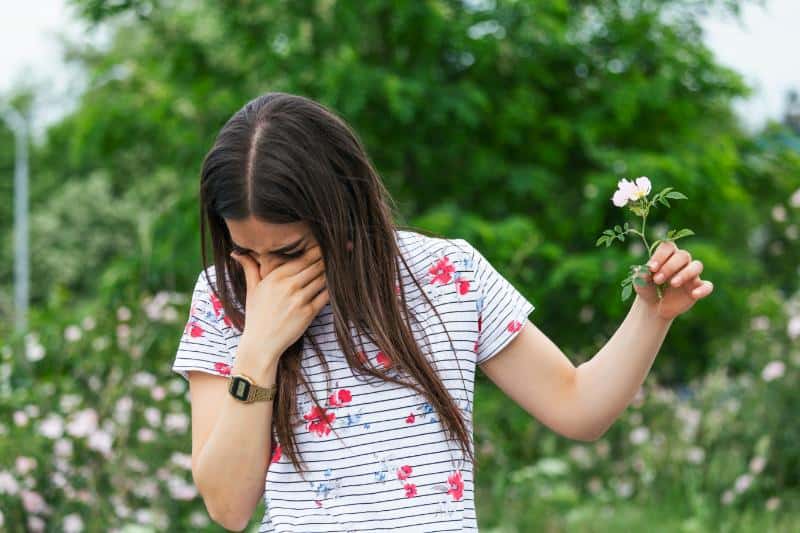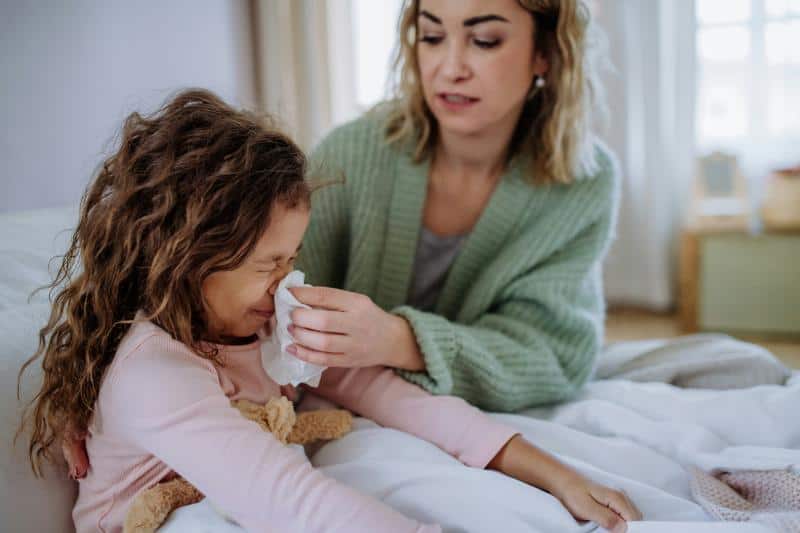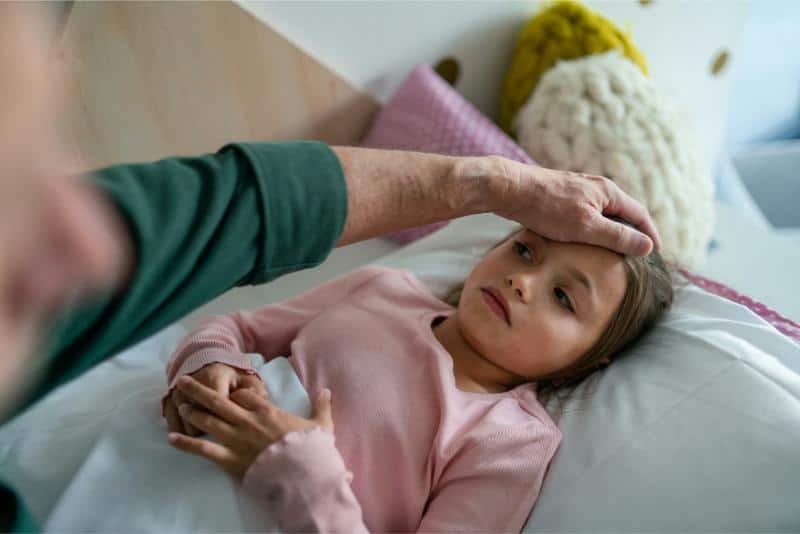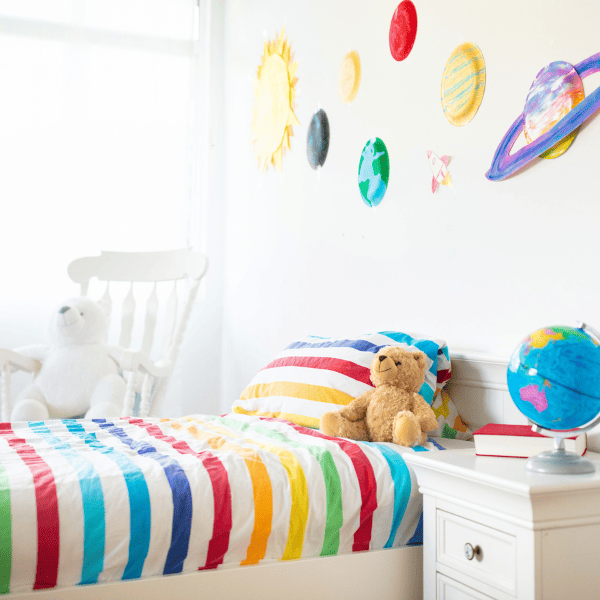If one person in your household suffers from hay fever, chances are others do too. With around 16 million hay fever sufferers in the UK, it’s no surprise that for many families, the arrival of spring brings not just sunshine and flowers but sneezing fits, sore eyes, and endless nose blowing too.
Juggling different people’s hay fever treatments while also trying to reduce exposure to pollen can make life very difficult. So what’s the best way to manage when hay fever hits the whole family every year? Read on for tips on minimising symptoms for adults and children.

Stock Up On Medications For Each Family Member
With hay fever season lasting from March to September in the UK, having enough medications on hand for the whole family is essential. Antihistamine tablets, eye drops and nasal sprays are all commonly used to treat different hay fever symptoms.
Keep a record of which medications each person finds most effective for their particular symptoms. This allows you to stock up on the optimal hay fever treatments for each member ahead of time. Basic antihistamine tablets like cetirizine work well for many people. But speak to your pharmacist about stronger prescription antihistamines or steroid treatments if these don’t sufficiently relief someone’s symptoms.
Take a family approach to managing hay fever, protecting the most vulnerable while making sure everyone has access to suitable symptom relief medications from pharmacies like The Independent Pharmacy. With some preparation you can still enjoy spring and summer without hay fever ruining the fun!
Use Pollen Filters & Limit Time Outdoors
As well as medications, take steps around your home to reduce exposure to pollen. This will help avoid hay fever flare-ups for sensitive family members.
Fitting special pollen filters to windows and doors is very effective for trapping pollen before it enters the house. Close windows first thing in the morning and early evening when pollen counts are highest. You can also limit outdoor time for the most allergy-prone during high pollen periods and on windy days when pollen spreads faster.
When out and about, wear wraparound sunglasses to create a barrier against pollen irritating the eyes. Face masks can similarly reduce inhaled pollen triggering allergic reactions. Be sure to shower and change clothes after being outdoors to avoid transferring pollen inside too.

Identify and Avoid Allergy Triggers
Managing hay fever often involves identifying what specific allergens trigger symptoms for each family member and then limiting exposure.
Common hay fever allergens include tree and grass pollen, weed pollen, mould spores, pet dander, and house dust mites. Keeping a diary of when symptoms flare up can help pinpoint likely triggers. For example, is there sneezing every time the lawn is mowed or cedar trees release pollen?
Once you know what environments or seasonal factors seem to spark allergies in your family, take steps to limit contact. This may mean staying indoors with windows closed, using air filters and vacuums with HEPA filters, washing bedding on hot cycles regularly, bathing pets outdoors, and making sure any family members with outdoor hobbies like gardening shower and change clothes afterwards.
Work as a team to reduce exposure to allergy culprits inside and outside the home. This prevents hay fever attacks and allows medication to work more effectively when taken at the first signs of symptoms.
Create an Allergy Action Plan
With whole families affected, having an allergy action plan in place gives everyone confidence in managing severe hay fever attacks should they occur.
This includes:
- Having emergency contact details clearly displayed for all family members along with lists of their hay fever medications/doses
- Ensuring all caregivers are aware of any severe allergies and the emergency plans if a child’s symptoms rapidly worsen
- Carrying antihistamine tablets, inhalers etc when out and about in case hay fever causes severe wheezing or reactions away from home
- Knowing the procedure for using adrenaline auto-injectors (EpiPens) if someone has a life-threatening allergic reaction
- Having the number for emergency services stored in all phone contacts.
Hopefully with preventative measures, medications, and avoidance of triggers, severe flare ups won’t happen. But being prepared gives reassurance if quick, acute treatment is ever needed.
Download allergy action plan templates online and post completed copies in visible places at home. Make copies to share with schools, grandparents, or babysitters too. Refresh knowledge and plans yearly before hay fever season begins. Staying one step ahead means your family can breathe easy all spring and summer long.

Conclusion
While hayfever can make life miserable for many families every spring and summer, taking some key steps can help minimize symptoms. Ensuring everyone has their optimal hayfever medications to control sneezing, congestion, and itchy eyes makes a big difference. Identifying specific allergy triggers then reducing contact can prevent attacks happening in the first place.
Implementing family plans for avoiding pollen hotspots, using air filters, managing pets, and dealing with severe reactions also pays off. Though eliminating hayfever is tough when multiple family members are affected, containment is possible with a combination of medications, trigger avoidance, and emergency preparation.






